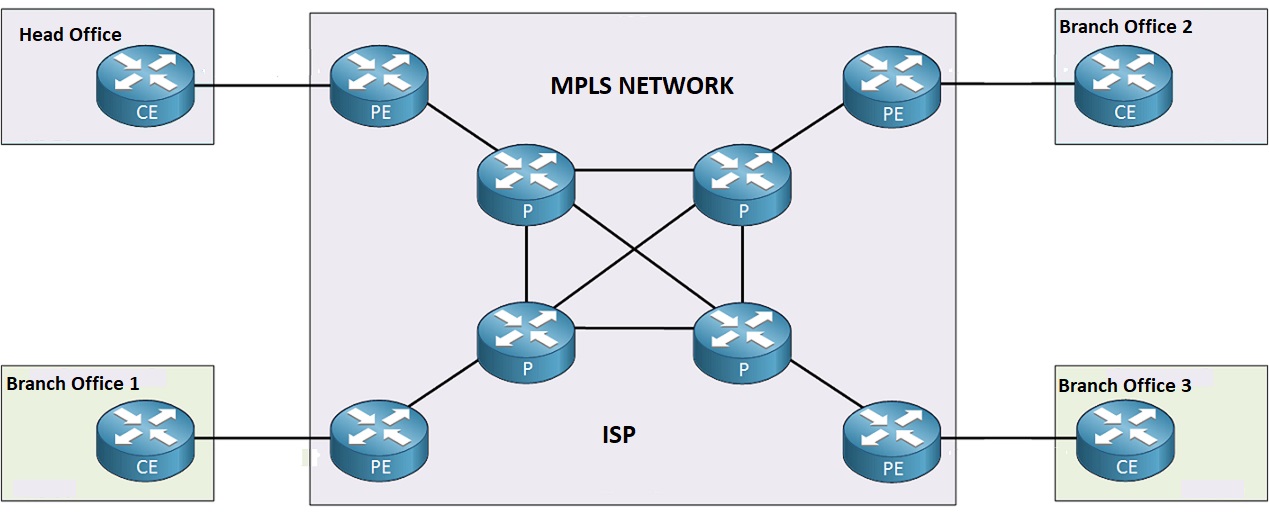
Need For MPLS: We all know that while sending any data through internet, data packet or IP packet is sent from one internet router to its destination. The internet router must decide for each IP packet/data packet how it’s sent to the destination IP. Each packet requires a decision, which the router uses complex routing tables to determine. Every path the packet arrives at requires another forwarding decision until it arrives at its destination. This process can result in poor performance for users, the applications they are using and impact the network across an organization. MPLS provides an alternative for organizations to increase network performance and improve user experience.
MPLS Meaning: Multiprotocol Label Switching, or MPLS, is a networking technology that routes traffic using the shortest path based on “labels,” rather than network addresses, to handle forwarding over private wide area networks. As a scalable and protocol-independent solution, MPLS assigns labels to each data packet, controlling the path the packet follows. MPLS greatly improves the speed of traffic, so users don’t experience downtime when connected to the network.
MPLS Network: An MPLS network is Layer 2.5, meaning it falls between Layer 2 (Data Link) and Layer 3 (Network) of the OSI seven-layer hierarchy. Layer 2, or the Data Link Layer, carries IP packets over simple LANs or point-to-point WANs. Layer 3, or the Network Layer, uses internet-wide addressing and routing using IP protocols. MPLS sits in between these two layers, with additional features for data transport across the network
